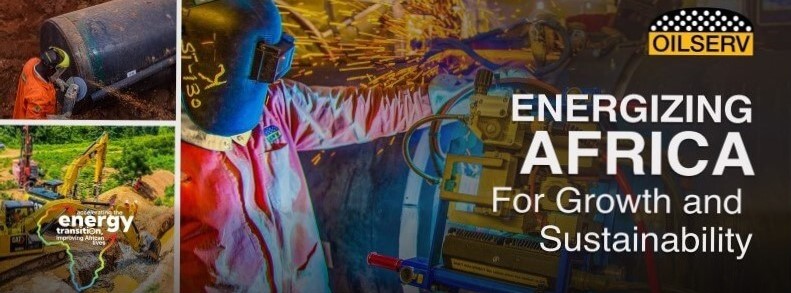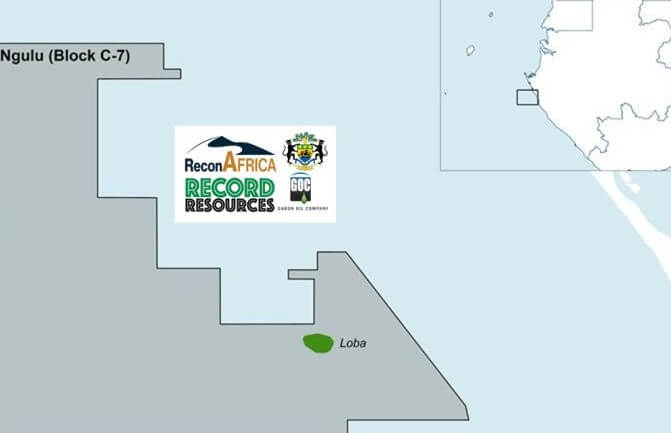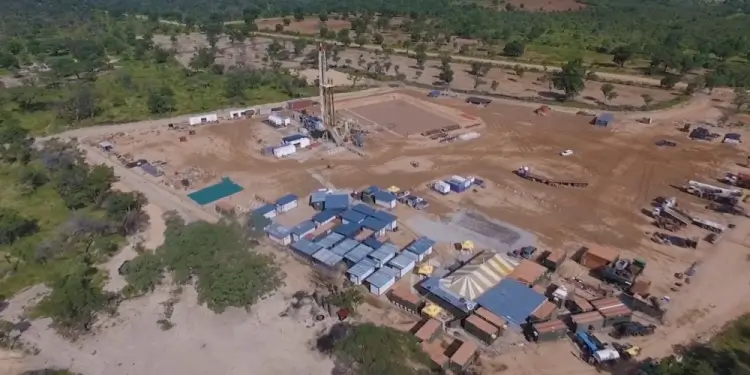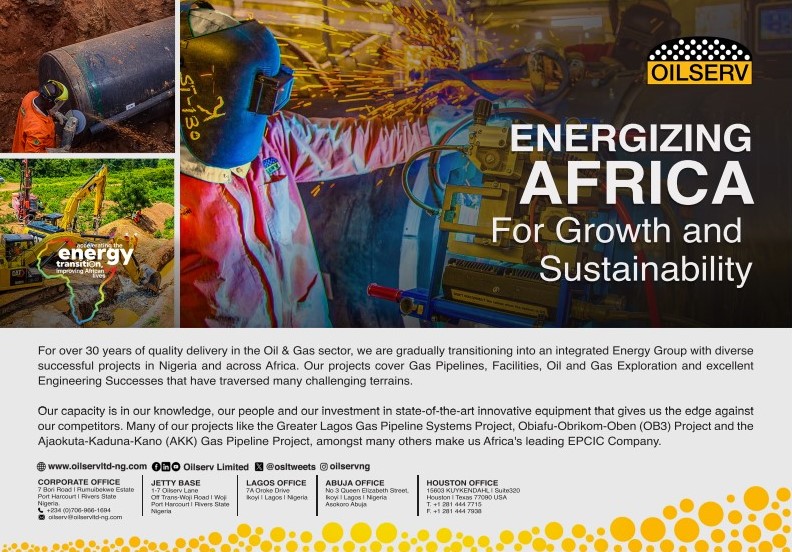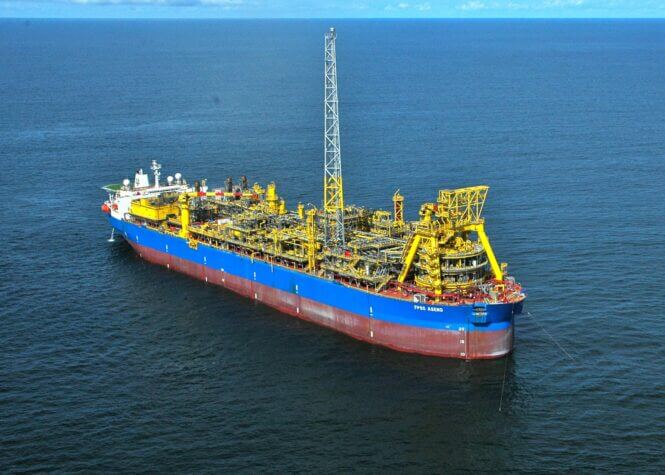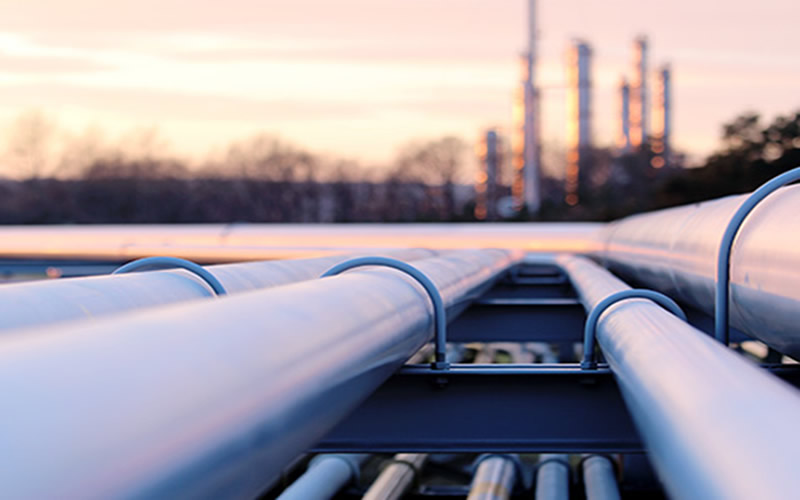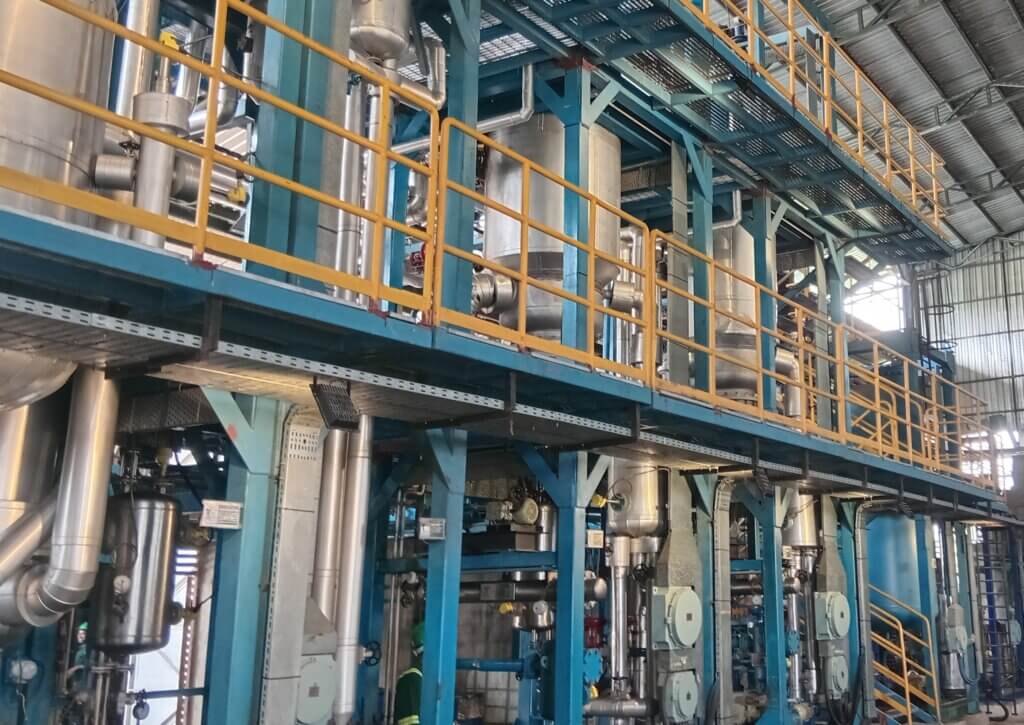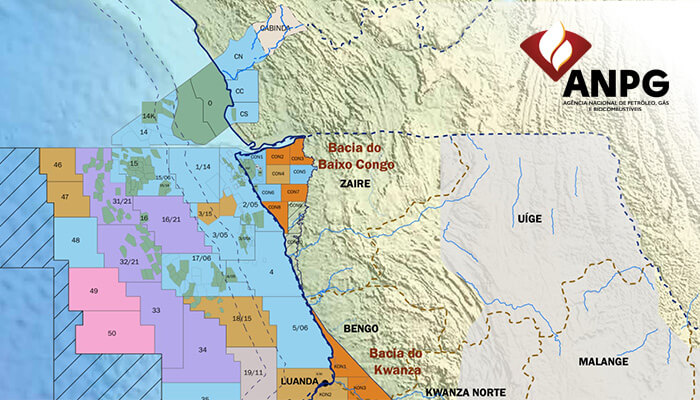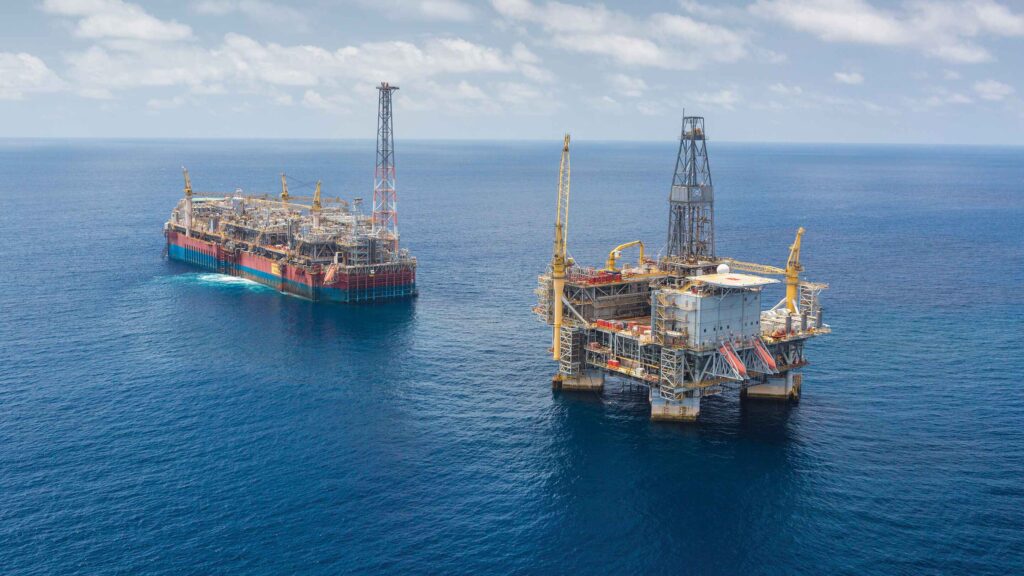
Exxon Mobil Corporation has announced fourth-quarter 2023 earnings of $7.6 billion, or $1.91 per share assuming dilution. Fourth-quarter results included unfavorable identified items of $2.3 billion including a $2.0 billion impairment as a result of regulatory obstacles in California that have prevented production and distribution assets from coming back online. Impairments were partly offset by favorable tax and divestment-related items. Earnings excluding identified items were $10.0 billion, or $2.48 per share assuming dilution. For the full year 2023, the company reported earnings of $36.0 billion, or $8.89 per share assuming dilution.
Darren Woods, chairman and chief executive officer, commented:
“Our consistent strategy and execution excellence across the business delivered industry-leading earnings and enabled us to return more cash to shareholders than our peers in 2023 (1).
“These results demonstrate the fundamental improvements we’ve made to our business, reflecting our progress in high-grading our portfolio through investments in advantaged projects and select divestments, while, at the same time, driving a higher level of efficiency and effectiveness throughout the business. The foundation of our success comes from the resiliency, hard work and commitment of our people. As I reflect on our industry-leading results over the past year, I have a great sense of pride in what our people accomplished.”
(1) Reported earnings, share buybacks and total dividends paid measured for 2023. 2023 figures for the industry peer group are actuals for companies that reported results on or before February 1, 2024, or estimated using either Bloomberg consensus as of February 1st or company-announced programs for share buybacks. Shareholder distributions is defined as dividends and share purchases. Industry peer group includes BP, Chevron, Shell and TotalEnergies.
Financial Highlights
- Fourth-quarter earnings were $7.6 billion versus $9.1 billion in the third quarter. Identified items decreased earnings by $2.3 billion mainly from asset impairments, partly offset by favorable tax and divestment-related items. Earnings excluding identified items were $10.0 billion, an increase of $0.8 billion from the third-quarter. Results strengthened on favorable derivative mark-to-market impacts, improved volume and mix driven by advantaged Guyana and Permian assets, and stronger chemical margins. These factors were partly offset by lower industry refining margins and seasonally higher expenses.
- Delivered full-year 2023 earnings of $36.0 billion and return on capital employed of 15%.
- Achieved $9.7 billion of cumulative structural cost savings in 2023 versus 2019, exceeding the $9 billion plan with an additional $2.3 billion of savings during the year and $0.7 billion during the quarter. The company plans to deliver cumulative savings totaling $15 billion through the end of 2027.
- Generated strong cash flow from operations of $13.7 billion and free cash flow of $8.0 billion in the fourth quarter. For the full year, cash increased $1.9 billion with free cash flow of $36.1 billion. Peer-leading1 2023 shareholder distributions of $32.4 billion included $14.9 billion of dividends, and $17.4 billion of share repurchases consistent with announced plans.
- The Corporation declared a first-quarter dividend of $0.95 per share, payable on March 11, 2024, to shareholders of record of Common Stock at the close of business on February 14, 2024. Including the 4% increase in fourth-quarter dividend, the company has increased its annual dividend for a peer-leading(1) 41 consecutive years.
- The debt-to-capital ratio was 16%, and the net-debt-to-capital ratio was 5%, reflecting a period-end cash balance of $31.6 billion.
- The company continued to strengthen its portfolio with the closing of the East Texas upstream assets divestment in the fourth quarter. Total asset sales and divestments generated $4.1 billion of cash proceeds during the year.
- Capital and exploration expenditures were $7.8 billion in the fourth quarter, bringing full-year 2023 expenditures to $26.3 billion, slightly above the top end of the guidance range, as the company opportunistically accelerated activities in the advantaged Permian and Guyana assets, and entered a new lithium business.
(1) Share buybacks and total dividends paid measured for 2023. 2023 figures for the industry peer group are actuals for companies that reported results on or before February 1, 2024, or estimated using either Bloomberg consensus as of February 1st or company-announced programs for share buybacks. Shareholder distributions is defined as dividends and share purchases. Industry peer group includes BP, Chevron, Shell and TotalEnergies.
Progress Toward Net Zero
In the Permian Basin, ExxonMobil made great progress on the plan to achieve net zero GHG emissions by 2030. In 2023, the company electrified all of its drilling fleet and replaced over 6,000 natural-gas-driven pneumatic devices in its unconventional operated assets. In addition, ExxonMobil also deployed its first electric fracturing units to further reduce emissions intensity, and signed additional long-term agreements enabling renewable power capacity to support operations. In the quarter, the company also launched a high-altitude monitoring balloon with advanced imaging technology and data processing platforms that has the potential to provide continuous, real-time methane detection. These efforts support ExxonMobil’s industry-leading plans to achieve net-zero Scope 1 and 2 emissions from its unconventional operations in the Permian by 2030.
Lithium
In the fourth quarter, ExxonMobil announced its new MobilTM Lithium business with plans to become a leading producer and grow U.S.-based supplies of lithium for the global battery and EV markets. The company’s advanced production approach has the potential to produce vast supplies of lithium with fewer environmental impacts than traditional mining operations1. Work is underway for the first phase of lithium production in southwest Arkansas, an area known to hold significant lithium deposits.
The company is planning first production for 2027. By 2030, ExxonMobil aims to produce enough MobilTM Lithium with the potential to supply approximately one million EVs per year.
Carbon Capture and Storage
In November, ExxonMobil completed the acquisition of Denbury, Inc. for $4.8 billion of ExxonMobil stock, based on the share price at closing(2). The company now has the largest owned and operated carbon dioxide (CO2) pipeline network in the United States at 1,300 miles, including nearly 925 miles in Louisiana, Texas and Mississippi, one of the largest U.S. markets for CO2 emissions. The company also has access to more than 15 strategically located onshore CO2 storage sites.
(1) Expected smaller footprint of lithium mining and expected lower carbon and water impacts: EM analysis of external sources and third party life-cycle analyses. 1) Vulcan Energy, 2022 https://v-er.eu/app/uploads/2023/11/LCA.pdf, Minviro publication. Grant, A., Deak, D., & Pell, R. (2020). 2) The CO2 Impact of the 2020s Battery Quality Lithium Hydroxide Supply Chain-Jade Cove Partners. https://www.jadecove.com/research/liohco2impact. Kelly, J. C., Wang, M., Dai, Q., & Winjobi, O. (2021). 3) Energy, greenhouse gas, and water life cycle analysis of lithium carbonate and lithium hydroxide monohydrate from brine and ore resources and their use in lithium ion battery cathodes and lithium ion batteries. Resources, Conservation and Recycling, 174, 105762.
(2) Total consideration of $5.1 billion includes ExxonMobil stock of $4.8 billion and cash payments of $0.3 billion related to repayment of Denbury’s credit facility and settlement of fractional shares.
Upstream Earnings
- Upstream fourth-quarter earnings were $4.1 billion, a decrease of $2.0 billion from the third quarter. Identified items reduced earnings by $2.1 billion this quarter, mainly from the impairment of the idled Santa Ynez Unit assets in California due to regulatory challenges restarting production and distribution. Earnings excluding identified items were $6.3 billion, an increase of $127 million. Higher volumes and improved mix, mainly from Guyana and Permian growth, and stronger gas realizations more than offset lower crude realizations, unfavorable tax impacts, and year-end inventory effects.
- Net production in the fourth quarter was 3.8 million oil-equivalent barrels per day, an increase of 136,000 oil-equivalent barrels per day compared to the prior quarter on favorable entitlement effects and growth in Permian and Guyana. Payara, the third Guyana development, started up in November ahead of schedule with production reaching nameplate capacity of 220,000 barrels per day in mid-January.
- Compared to the same quarter last year, earnings decreased $4.1 billion. Identified items reduced earnings by $2.1 billion this quarter, compared to a reduction of $0.6 billion in the fourth quarter of 2022. Earnings excluding identified items were $6.3 billion, a decrease of $2.5 billion, primarily due to lower natural gas prices. Higher Permian and Guyana volumes and less unfavorable year-end inventory effects provided a partial offset. Net production was flat compared to the same quarter last year. Excluding the impacts from divestments, entitlements, and government-mandated curtailments, net production grew about 70,000 oil-equivalent barrels per day.
- Full-year earnings were $21.3 billion, $15.2 billion less than 2022. Identified items for the year reduced earnings by $2.3 billion, compared to an unfavorable $2.9 billion impact last year. Excluding identified items, earnings decreased $15.8 billion on lower liquids and natural gas realizations, and unfavorable unsettled derivatives mark-to-market effects of $2.4 billion, primarily from the absence of favorable impacts in the prior year. Higher volume contributions from improved portfolio mix added nearly $1 billion, as growth from Guyana and Permian more than offset divestments. Net production in 2023 was 3.7 million oil-equivalent barrels per day, in line with prior year. Production increased 111,000 oil-equivalent barrels per day, excluding impacts from divestments, entitlements, and government-mandated curtailments. Permian and Guyana combined production grew 18% versus 2022.
- In October, ExxonMobil announced an agreement to merge with Pioneer Natural Resources in a $59.5 billion all-stock transaction(1). The combination is expected to generate double-digit returns by recovering more resources, more efficiently, while accelerating emissions reductions(2). The transaction is expected to close in the second quarter of 2024, pending regulatory and Pioneer shareholder approval.
(1) Based on the October 5, 2023 closing price for ExxonMobil shares and the fixed exchange rate of 2.3234 per Pioneer share.
(2) Expected to leverage Permian GHG reduction plans to accelerate Pioneer’s net-zero emissions plan to 2035 from 2050; plan to lower both companies’ Permian methane emissions through new technology application.













